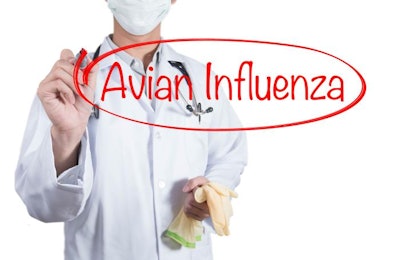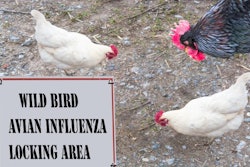
Highly pathogenic avian influenza has been confirmed in a backyard poultry flock in Tehran, Iran, according to the World Organisation for Animal Health (OIE).
In a backyard holding that included 138 geese, ducks, free-range village chickens that were being raised for non-commercial use, ten of the birds had tested positive for the virus, five of which had died. The remaining birds were euthanized and disposed of.
This marks the first time highly pathogenic avian influenza of the H5N8 serotype had been confirmed in the country since January 2017, the OIE reported on December 1.
The cause of the outbreak has not yet been determined, but OIE stated that the situation is still being investigation and trace-back and trace-forward activities are ongoing.
In addition to stamping out, control measures put in place included screening, quarantine, zoning and disinfection of the premises.
In August, it was reported that even though Iran had not had any recent cases of highly pathogenic H5N8 avian infleunza, vaccination against the virus would be a good idea and that million doses of avian influenza vaccine had been imported into Iran.
Other veterinary organization reports on avian influenza outbreaks
In other avian influenza-related news across the globe, OIE on November 30 reported that an outbreak of low pathogenic H5N3 avian influenza that has been ongoing since 2015 has been resolved. The following day, OIE reported that while there were no new cases of highly pathogenic H5N1 avian influenza reported in Laos since it was initially confirmed in a backyard flock of 45 birds in October, that the disease event is continuing.
Meanwhile, across the United Kingdom, veterinary officers are cautioning all poultry producers and bird owners to be vigilant and practice good biosecurity measures as the threat of avian influenza becomes heightened during winter months.


















